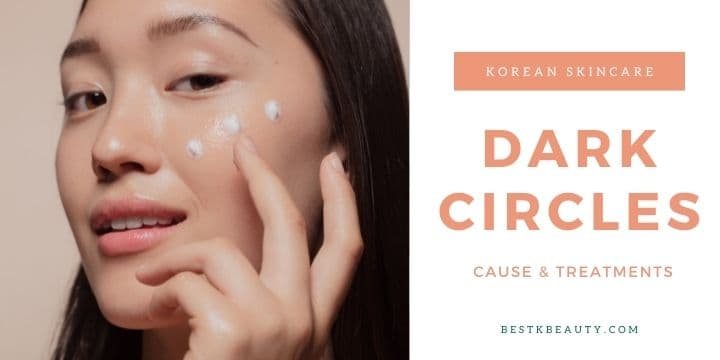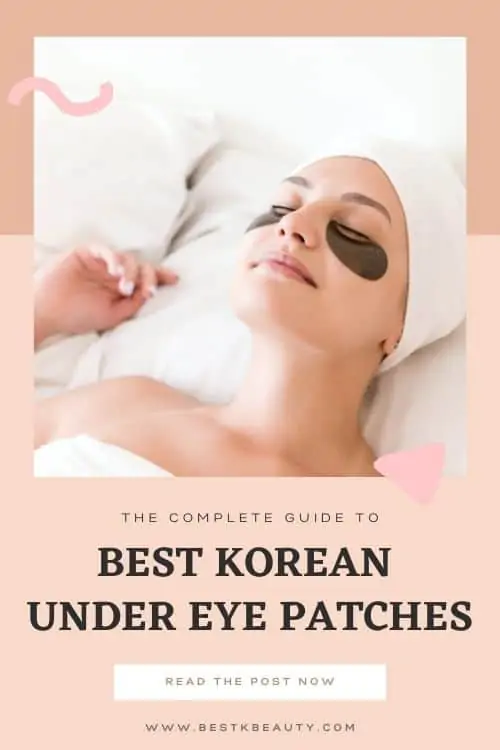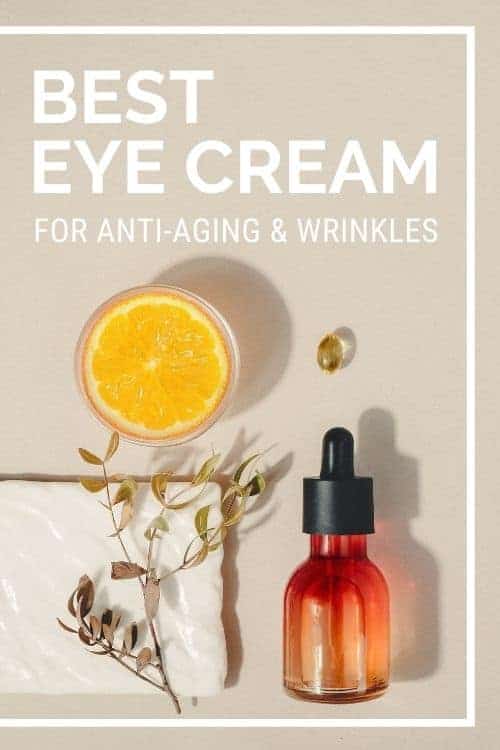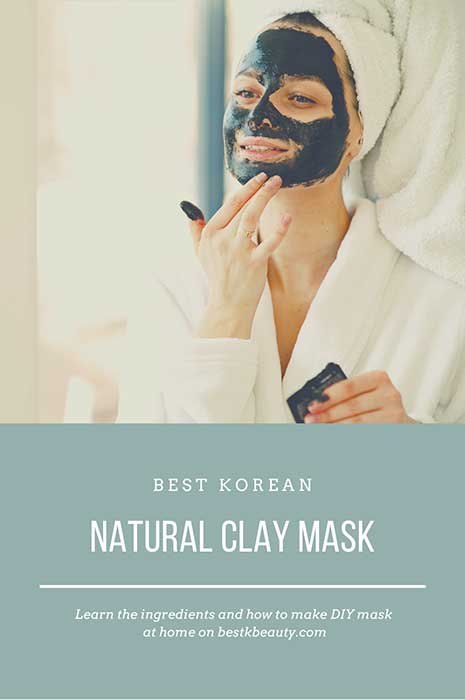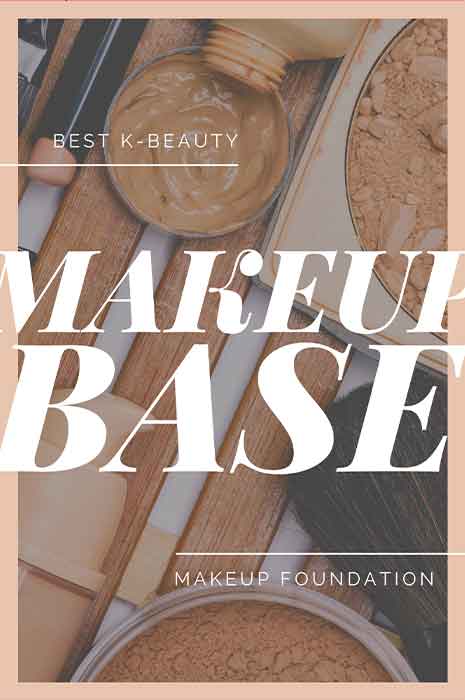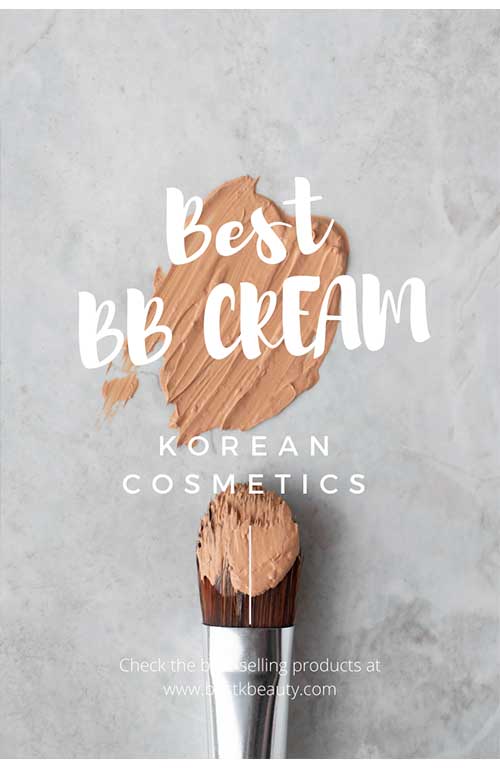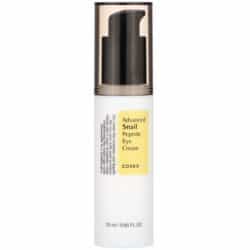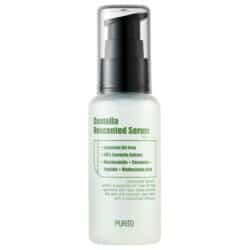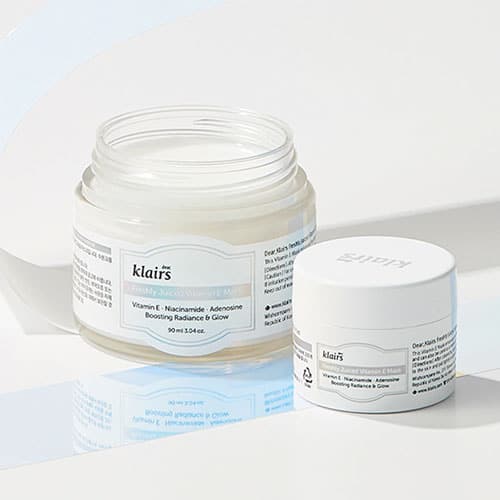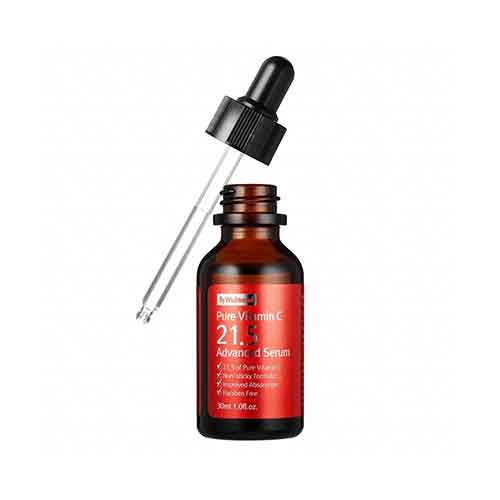Dark circles under eyes: cause and treatments
People frequently believe that dark circles are caused by fatigue and a lack of sleep. There are additional explanations for dark under eye circles, such as allergies or the normal aging process. Depending on the skin color, dark circles beneath the eyes can range from purple to blue to dark brown or black. Here you can check Korean skincare for dark circles including tips that you can do yourself at home. Dark circles under the eyes can sometimes signal the need for lifestyle adjustments, such as better sleeping habits or a healthier diet.
Read more:
- K-beauty Skincare Products with Niacinamide for Brightening
- Best 10 Eye Masks & Patches for Dark Circles
- The Complete Niacinamide Skincare Guide : Do & Don’t
What are the causes of dark circles?
Tiredness is the most common cause of dark circles beneath the eyes. What seem, by all accounts, to be dark circles under your eyes are frequently just shadows created by enlarged eyelids or hollows under your eyes that structure as a characteristic piece of aging. Hyperpigmentation or thinning of the skin around the eyes can make the region around the eyes appear darker owing to restricted blood vessels.
True under-eye dark circles can be caused by a variety of factors, including:
Allergies
As a result of the terrible allergy season, some people may get dark circles under their eyes. The blood vessels under the skin surrounding the eyes, which is the thinnest skin on the face, cause the under-eye blackness that some allergy patients experience. Allergies cause the body to produce histamines, which can cause blood vessels to dilate.
During allergy season, taking an antihistamine and having a good night’s sleep might help decrease the look of dark circles under the eyes.
Puffiness around the eyes is common in those who suffer from seasonal allergies. She said that as the puffiness goes gone, it leaves a hollowness, which can make the region look darker.
Inflammatory skin conditions, like psoriasis or eczema
People with inflammatory skin diseases on their faces, such as psoriasis or eczema, may experience dark circles beneath their eyes for a variety of causes.
To begin with, eczema and psoriasis are both inflammatory diseases, which can result in skin redness or discoloration. The rubbing procedure, which is exacerbated by the fact that these diseases are itchy, will only add to the problem. People with lighter skin recover more quickly from post-inflammatory changes, whereas those with darker skin maintain pigment for longer.
Retinoids and/or acids like azelaic or glycolic can also be used to address the pigmentation left behind by these skin disorders.
Inherited genes
Some people’s skin beneath their eyes is deeper pigmented than the skin on the rest of their faces, giving them the appearance of dark circles. According to Dr. Maryam Zamani, an oculoplastic surgeon in London who treats a variety of eye problems, this component is typically inherited and linked to genetics. She highlighted, for example, that Southeast Asians, or people of Southeast Asian origin, are more prone to have this sort of pigmentation under the eyes.
If you’re not sure if your dark circles are caused by pigmentation or a shadow (more on that later), do this simple test: tug the skin surrounding your lower eyelid with your finger to move it around.
Lack of sleep or poor sleeping habits
Dark circles can appear beneath your eyes as a result of oversleeping, severe tiredness, or just staying up a few hours past your regular bedtime. Lack of sleep might make your skin look dull and pale, uncovering dim tissues and veins underneath the surface.
Rubbing your eyes
Excessive eye-rubbing can have a variety of effects on the eye region, including pigmentation and blood vessels beneath the surface. When you rub your eyes, the skin may thicken and darken somewhat; this is a normal element of the skin’s defensive mechanism.
Rubbing the eyes excessively is essentially “traumatizing the skin” under the eyes. The skin is extremely sensitive, and rubbing it irritates it even more. Discoloration occurs as a result of this. Excessive rubbing can also cause damaged blood vessels beneath the skin, resulting in a black look. The underlying damaged blood vessels become more evident because the skin surrounding the eyes is so thin.
Sun exposure
By increasing the melanin concentration, sun exposure can also cause dark circles under eyes. Because it is more sensitive, the skin in this area might tint more than the surrounding skin. Because the skin around the eyes is the thinnest, the blood vessels are closer to the surface, making them appear darker.

Iron deficiency
When you have an iron deficiency, your blood is unable to deliver oxygen to your body’s tissues properly, which causes the skin around your eyes to darken. Including lots of iron-rich foods in your diet and taking an iron supplement may help. But check your doctor before making any major dietary changes if possible.
Smoking
Smoking drains your body’s vitamin C reserves, which are necessary for the formation of healthy collagen in your skin. You may get wrinkles, discoloration, and even dark circles and bags under your eyes if you smoke. Smoking cessation can also assist with a variety of other health problems.
Aging
The normal aging process is another source of dark circles. When you become older, your skin thins and you lose fat and collagen. The reddish-blue blood vessels behind your eyes may become more visible as a result of this.
People often acquire swollen eyelids or hollows under their eyes as they become older. These bodily changes might sometimes throw shadows that look as dark circles under the eyes.
Korean skincare for dark circles: 7 treatment tips
The emergence of darker skin under the eyes is totally normal and natural. If it concerns you, though, you have a few alternatives. Treatment will be determined by the cause of the dark circles, which must be treated. Only a slight improvement may be achieved in some situations.
How do Koreans deal with dark circles?
Get more sleep
People can help to reduce or eliminate dark circles by getting enough quality sleep each night. By elevating the head on extra pillows, dark circles and puffiness around the eyes can be minimized.
Apply cucumber to eyes
Cucumber slices applied to the eyes might help to relieve weary eyes and decrease puffiness. Cucumber’s high water and vitamin C content may aid to hydrate and nourish the skin. Cucumber also includes Silica, which is necessary for tissue health.
Cold compress
You can reduce the appearance of dark circles under the eyes by constricting blood vessels using cold compress.
Teabags
Teabags may help to reduce puffiness and dark circles under the eyes. Caffeine in tea increases blood circulation around the eyes and has antioxidant effects. Two teabags can be boiled in water and then rested on each eye when they have cooled. Putting boiling tea bags in the refrigerator first might help to cool the eyes. Teabags in black, green, or herbal varieties are available.
Facial massage
Dark circles might form as a result of inadequate circulation around the eyes. A facial that involves a little massage around the eyes may help to improve circulation. Korean skincare device might be helpful for that.
Antioxidant skincare products
Face creams with antioxidants and under-eye treatments may help to reduce the look of dark circles. Antioxidants like vitamins E and C may aid in the treatment of dark circles.
Use makeup
People may wish to apply an under-the-eye concealer for aesthetic purposes, even though cosmetics will not change dark circles.
Korean skincare products for dark circles
What do Koreans use for under eyes? Actually we have many skincare product lines for anti-aging from essence, serum to eye masks and patches. Among them, I picked these Korean eye creams and eye serum that contain a bunch of active ingredients for fine lines and dark circles like Adenosine, Niacinamide, and more. Plus, affordable price range. Absolutely, it’s fragrance-free, alcohol-free, and without any other high hazardous elements for healthy skin. You can check my detailed product reviews by clicking them below.
Best skincare ingredients for dark circles
Caffeine
Caffeine is well-known for its stimulating characteristics when ingested in beverages like coffee, but it’s also a great element in skincare products.
It can aid in the reduction of puffiness and dark circles under the eyes, as well as the fortification of the sensitive skin around the eyes. Caffeine’s potent blend of antioxidants and anti-inflammatories improves and enhances the skin’s look, reducing puffiness and dullness that is typically associated with dark circles around the eyes.
Vitamin E
Vitamin E (also called Tocopherol) boosts collagen synthesis, making the skin more elastic and robust, as well as a clean and sustainable circulatory system. Not only it has a significant photoprotection against UVB rays but it is also easy to formulate. Plus, Vitamin E is stable and relatively inexpensive.
Vitamin C
Vitamin C (also called Ascorbic Acid ) fades pigmentation and brown spots and works in synergy with Vitamin E. Also it provides superb photoprotection.
You may also like
- Centella Asiatica Skincare to Calm Irritated Skin
- Vegan & Cruelty Free Korean Skincare
- Korean Makeup Tutorials for Dark Skin
Disclosure: This post contains affiliate links. Clicking those links before you shop means that best k-beauty receives a small commission. Please see my full disclaimer for more information.

